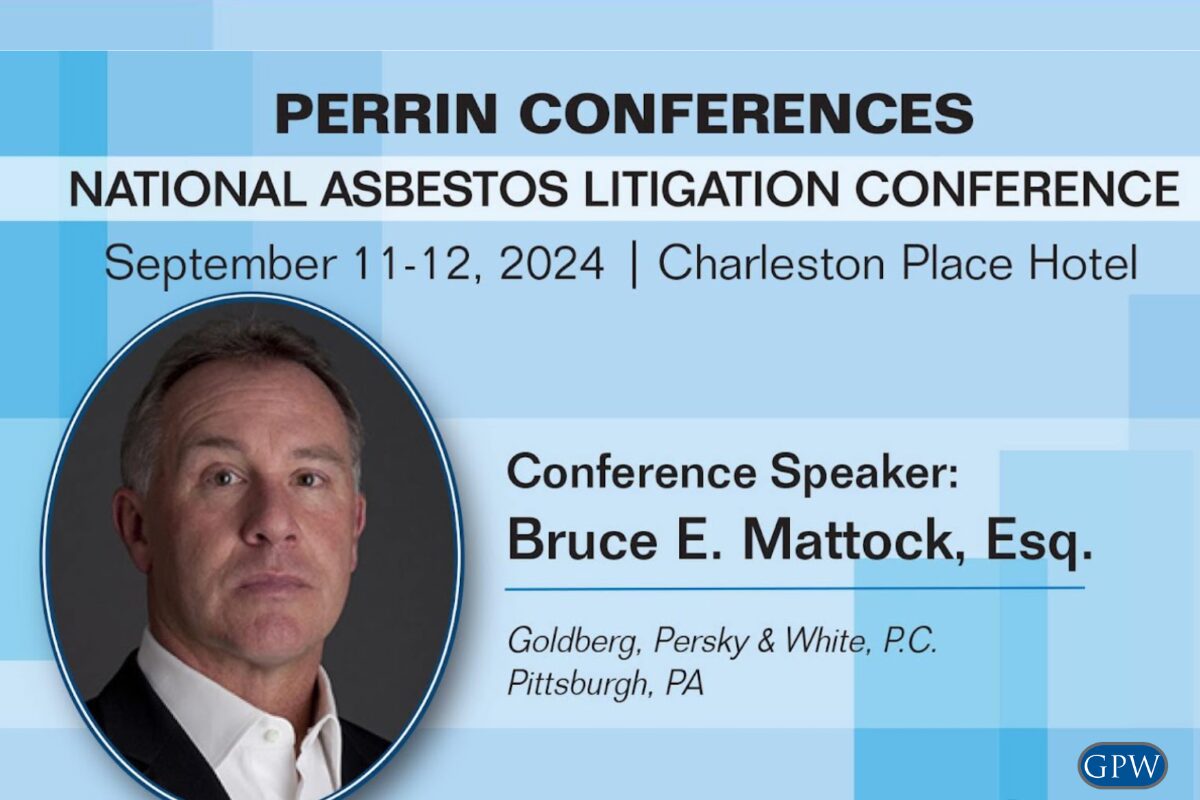FDA Updates Regarding Voluntary Market Withdrawal of Bausch & Lomb ReNu MoistureLoc® Contact Lens Solution
Update on Serious Eye Infections Associated with Soft Contact Lens Use and Contact Lens Solution
May 5, 2006. As reported in the MMWR, patients with confirmed cases of Fusarium keratitis have reported using various contact lens cleaning solutions including various types of ReNu products and generics. We continue to confirm reported cases associated with products other than ReNu with MoistureLoc. Our interest in the MoistureLoc product is based on the disproportionate number of case of Fusarium keratitis associated with ReNu with Moisture Loc compared to the overall product market share. The trends of reported cases involving various contact lens solutions other than MoistureLoc have remained consistent throughout our investigation.
FDA continues to work with the CDC to investigate the Fusarium keratitis infections and will determine whether or not further action needs to be taken. While the investigation is ongoing, FDA will continue to update the public health notice and advice to consumers as needed. In addition, the FDA and CDC are urgently advising consumers to consult your doctor immediately if you experience symptoms such as redness, pain, tearing, increased light sensitivity, blurry vision, discharge or swelling. In addition, the Centers for Disease Control and Prevention (CDC) released further clarification on the information on the multi-state outbreak of Fusarium keratitis that may be associated with contact lens use.
April 21, 2006. Bausch & Lomb has recommended that consumers stop using ReNu with MoistureLoc immediately and discard all remaining MoistureLoc solution including partially used or opened bottles. Both the Food and Drug Administration (FDA) and the Centers for Disease Control and Prevention (CDC) continue to investigate reports of fungal keratitis in an effort to determine all contributing factors and/or products that may place contact lens wearers at increased risk for Fusarium keratitis. As part of this ongoing investigation, we are continuing joint inspections of the Bausch & Lomb plant and facilities in Greenville, SC including testing of products, environmental factors and raw materials. Because of the nature of the organism (Fusarium), extensive microbiological testing is being conducted and may take up to one month to fully analyze. We are committed to continuing a comprehensive approach aimed at determining the cause of these infections and will provide regular updates on our activities through preliminary public health notices issued through FDA.
April 13, 2006. Bausch & Lomb today asked U.S. retailers to remove ReNu® with MoistureLoc® from their shelves temporarily, and recommended that consumers switch to another lens care solution for the time being, until the investigation of reports of fungal keratitis infections among contact lens wearers in the United States is concluded. The company initiated the voluntary market withdrawal in order to eliminate any confusion among contact lens wearers about what to do while the investigation is ongoing. Today’s action does not apply to other Bausch & Lomb products or to ReNu with MoistureLoc manufactured at factories outside the United States.
Contact Lenses and Eye Infections
FDA and the Centers for Disease Control and Prevention (CDC) are alerting health care professionals and their patients who wear soft contact lenses to an increasing number of reports of rare but serious fungal infections in the eye that can cause permanent blindness. Some patients have reported a significant loss of vision, resulting in the need for a corneal transplant.
Clinicians who evaluate patients with microbial keratitis should consider that a fungal infection may be involved and refer the patient to an eye care professional, if appropriate, to obtain a specimen for laboratory analysis.
In addition, the FDA and CDC are urgently advising consumers to take precautions to prevent contamination of the lenses and the products used to maintain them. These preventive practices include:
- Wash hands with soap and water, and dry (lint-free method) before handling lenses.
- Wear and replace lenses according to the schedule prescribed by the doctor.
- Follow the specific lens cleaning and storage guidelines from the doctor and the solution manufacturer.
- Keep the contact lens case clean and replace every 3-6 months.
- Remove the lenses and consult your doctor immediately if you experience symptoms such as redness, pain, tearing, increased light sensitivity, blurry vision, discharge or swelling.
In addition, regardless of which cleaning/disinfecting solution used, wearers may want to consider performing a “rub and rinse” lens cleaning method, rather than a no-rub method, in order to minimize the number of germs and reduce the chances of infection.



